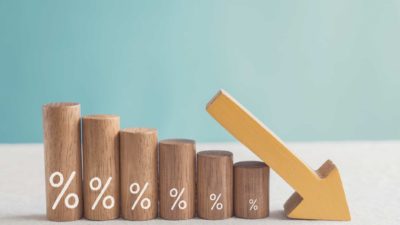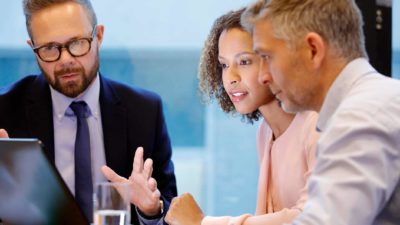The unemployment rate in Australia surged to 13.2% last month, according to research firm Roy Morgan.
The Australian Bureau of Statistics' official figure for January was 6.4%.
So Roy Morgan's rate just one month later is a shocking escalation that dampens the post-COVID recovery and pro-inflation mood that the ASX has been enjoying recently.
Roy Morgan chief Michele Levine attributed the hike to people joining the workforce as JobKeeper terminates and JobSeeker payments wind down to a lower level.
"Overall employment increased by 28,000 to over 12.7 million Australians – the highest for a year since early March 2020. However, unemployment increased by 250,000 to 1.93 million – the highest since August 2020," she said.
"Results for February show a growing workforce that is unable to find jobs for all the new workers in the market for a job."
More Australians looking for work means more competition for jobs and reduces the chance that wages would go up.
That means the prospect of inflation — and therefore interest rates — heading up is remote.
"So while the number of jobs has almost returned to the level immediately before the COVID-19 pandemic struck Australia, there are now over 900,000 more people in the market looking for a new job than a year ago," said Levine.
As the state that kept its borders open as much as possible, NSW enjoyed the lowest unemployment rate, with 11.5% in February.
The two states most criticised for restrictive border rules, Western Australia and Queensland, are suffering from the highest unemployment, with 14.5% and 15.9% respectively.
Post-COVID economy ruthless on which sectors win and lose
The withdrawal of government stimulus is causing an upheaval among different sectors.
The JobKeeper scheme will end at the end of March. JobSeeker will only see a small rise to the pre-COVID level, which was widely criticised as inadequate.
"The structure of the economy is significantly different now than it was a year ago with industries such as wholesale, mining, construction, property and business services and parts of the retail industry 'booming'," said Levine.
"Whereas industries such as accommodation & food services, hospitality, travel & tourism and education are facing tough times with the end of JobKeeper in a few weeks."
This assessment gives share investors some clues as to which industries might benefit the most from the post-pandemic recovery.
"While some businesses are busy hiring and planning investments for the year ahead other businesses are cutting back on employees who are no longer affordable with the end of the wage subsidy fast approaching."
The official ABS unemployment numbers for February will be released on 18 March.









